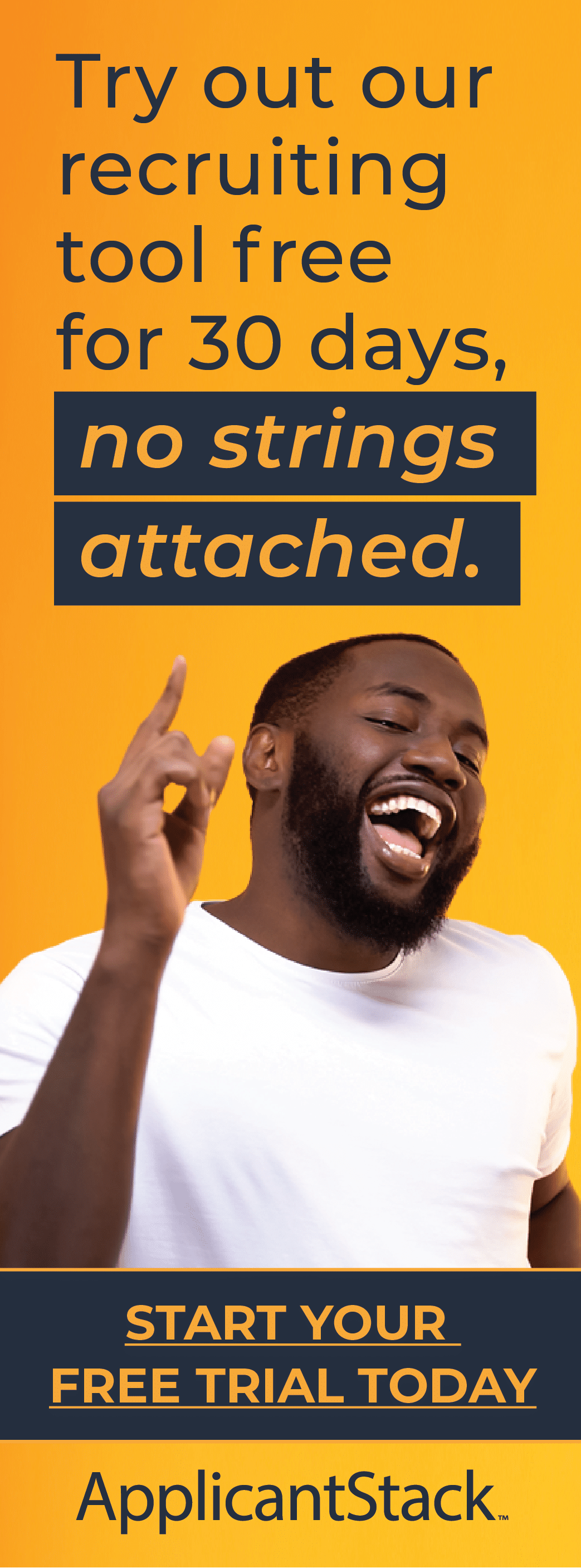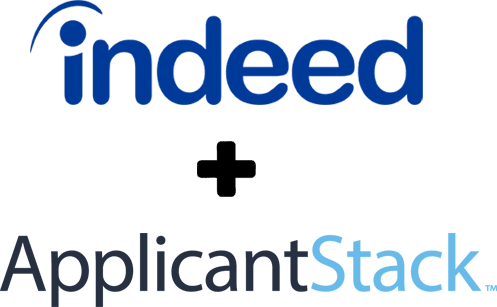Applicants in the modern job market expect timely and frequent communication. In a survey conducted by CareerBuilder, results showed that 84 percent of candidates expect an email confirmation that they received an application or resume, and 36 percent expect to receive communication throughout the process. Yet the survey revealed that only 26 percent of companies meet these expectations.
For small businesses especially, it’s understandable how these things may unwittingly fall through the cracks. If multiple employees are contributing to the hiring process, it can be difficult to keep track of who is meant to send responses. Read on for some tips to help improve your communication with eager applicants.
Why Is Responsive Communication Important?
In a competitive job market, timely communication can set your company apart. Imagine being known across job boards and forums as the company who always responds, who keeps candidates apprised of their place in the process, and shows prospective employees they are valued at every step along the way.
The communication worst-case scenario is ghosting, when a company or an applicant abruptly stops communication without explanation. This industry trend is on the rise, with 77 percent of job applicants reporting being ghosted by a prospective employer since March 2020. Even if you believe that your company stays far on the other side of the ghosting line, everyone can benefit from examining company practices to improve communication with applicants.
Along with showing respect and building trust, effective communication techniques can save you time and money. Here are some tangible benefits:
- Shorter Time to Hire. This important metric is affected by every stage of the hiring process. Every day that passes between application and onboarding costs the company money. Speeding it along involves participation by both the company and the applicant.
- Higher Acceptance Rates. Effective communication not only can foster a positive personal connection but it can give your company the edge with an applicant who is weighing multiple offers. Losing a perfect candidate because of tardy communication forces you to start the search again, wasting valuable company time.
Methods of Communication
The world has moved to almost an entirely electronic form of communication vs. telephone calls and paper mail. Video messaging took the world by storm after the pandemic cut off in-person communication. In the application stage, email and text messaging are most frequently used, and interviews may be conducted by phone, video, or in-person.
The sheer volume of wanted and unwanted messages in the modern world means what you send ought to stand out in the sea of data. It’s become more common for hiring managers to use both email and text messaging to communicate, but it’s still important to observe some etiquette.
Email Etiquette Tips
Email has long been considered the most formal and appropriate method of communication by most businesses and job applicants. It’s still important to consider some of the following ways to use it best:
- Craft your email subject to be noticed in a quick scan by the recipient. Make sure it’s descriptive but not too long and avoids being perceived as spam.
- Use salutations like first name or Mr./Ms. and full-name signatures with your job title.
- Use correct grammar, appropriate capitalization, complete sentences, and extremely judicious insertion of emojis. Third-party services that offer grammar suggestions as you write can be extremely helpful.
- Make sure the tone matches the level of your relationship. Don’t try to be overly familiar or jokey in initial contact.
- Be concise and use formatting like bullets or short paragraphs, especially when sharing a large volume of information.
- Inform the recipient the days or hours you will respond to emails. For example, let them know no one will respond on the weekend or after 5 p.m. if that’s applicable. You can also let them know what to expect in terms of response time if replies are received within working hours.
Text Message Etiquette Tips
Text messaging is the most used form of communication in the modern world, and it’s possible to use texts effectively for hiring purposes. Younger job applicants especially may prefer it to email. ApplicantStack has a built-in “Text-to-Hire” feature that keeps your messages organized, allows for batch sending, and allows tracking within the ATS.
Consider some of the following to effectively use text messages:
- Obtain a candidate’s permission to communicate via text message before sending anything.
- Start with a greeting and identify yourself. Don’t assume the person has saved you in their contacts.
- Use professional language. Imagine you’re writing an email and meet that level of speech.
- Use capital letters, pronunciation, and good grammar. Proofread before sending; you could even paste into a document to double-check with a third-party editing plug-in.
- Avoid long strings of information in text messages; use them for acknowledgements, follow-ups, or reminders. Make sure the language sounds human even if you’re using a prepared script.
- Only send and reply to text messages roughly within your company’s business hours. This can be an important signal to the recipient that you value work-life balance.
Points in the Hiring Process that Require Outreach
When scrutinizing how your company communicates at all phases of the hiring process, consider the following touchpoints and how effectively you’re keeping in touch:
-
- Pre-Application Phase. This would cover anyone who has signed up for a company newsletter or information about open jobs. This is an opportunity to sell yourself to prospective applicants.
- Application or Résumé Received. This first contact establishes the tone for future communication. Automated responses through ApplicantStack can save time and avoid mistakes. The contents should sound like it came from a human.
- Personal Contact. Once a candidate makes it past the initial review, a personal and professional email is warranted to set up plans for the interview process.
- Scheduling the Interview(s). The relative urgency of scheduling and confirming appointments makes it a prime candidate for text messaging if the applicant consents.
- Post-Interview Follow-up. Even if the company isn’t ready to make a formal offer, a “thank you” message is usually well-received. Some companies take this opportunity to solicit feedback or questions on the interview process.
- Status Updates. Some companies leave application periods open for a set length of time no matter how many qualified applications they receive. If there’s a gap between initial contact, interviews, and when you can make an offer, check-ins and status updates will likely be welcome and keep communication open between you and preferred candidates.
- Job Offers. Even if a verbal offer is part of your company style, a follow-up with a written offer makes sure everyone knows the particulars of salary, job requirements, company policies, and other vital details.
- Start Details and Onboarding. This communication is vital to a new employee. As soon as someone has accepted an offer, prompt attention to their next steps will help them immediately feel a part of the company.
Hiring managers don’t have control over every detail of the job process, but communication is an area where you can always improve. It’s important to identify weak points in how your company communicates and set up policies and procedures to save time and money. ApplicantStack is a perfect solution for centralized tracking and messaging so nobody slips through the cracks.
- Unlock Success With Expert Candidate Screening Strategies - April 30, 2024
- 3 Tips to Improve Communication with Applicants - April 26, 2024
- Understanding Contract-To-Hire and How It Works - April 23, 2024











